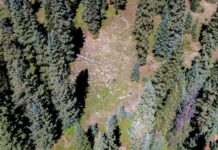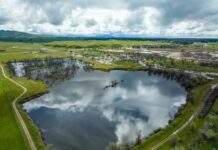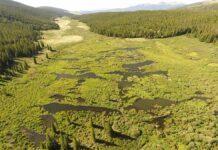10 visuals that show how climate change is transforming the West’s snow and water...
The latest National Climate Assessment warns of a shrinking snowpack and serious downstream consequences.
In dry years, Colorado’s Crystal River runs at a trickle — but why?
A historic drought driven by climate change and temperatures that creep ever higher are partly to blame, but the factors that lead to a dry river bed are many.
In $100 million Colorado River deal, water and power collide
The purchase represents the culmination of a decades-long effort to keep Shoshone’s water on the west side of Colorado’s mountains, settling the region’s long-held anxieties over competition with the water needs of the Front Range, where fast-growing cities and suburbs around Denver need more water to keep pace with development.
What to watch on the Colorado River in 2024
After years of dry conditions throughout the West, 2023 gave the region’s water managers the greatest gift of all: a hefty snowpack. What will 2024 bring?
Colorado River crisis — How did the nation’s two largest reservoirs nearly go dry?
Experts cite complicated operating systems, competing government agencies, rigid guidelines and climate change
Scientists use simple cameras to answer complex questions about forests and the snowpack
“Snowtography” captures how the snowpack can vary dramatically across short distances
High and Dry
Utah’s immense Great Salt Lake has receded in recent years, revealing the microbial reefs crucial to its ecosystem.
Drops of Hope Along the Colorado River
Water inequality in the United States goes hand in hand with the dark legacy of colonization, systematic racism, and efforts to wipe out Indigenous cultures.
New California law bolsters groundwater recharge as strategic defense against climate change
State designates aquifers 'natural infrastructure' to boost funding for water supply, flood control, wildlife habitat
Can Colorado’s source streams make a comeback? These scientists, and beavers, think so
Restoring natural infrastructure, such as beaver habitat and the wetlands it creates, could shield communities from damaging floods, remove toxins and high sediment loads from water, and reduce the apocalyptic effects of megafires.












